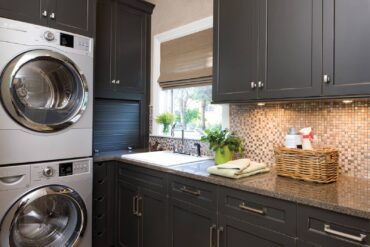
(Photo courtesy Dura Supreme Cabinetry)
Kitchens and baths may be at the top of most homeowners’ renovation lists but you might be surprised to know that laundry rooms are garnering a lot more attention than they used to, especially if there is an opportunity to incorporate “mudroom” features. Gone are the days when this room was overtly utilitarian, used for the sole purpose of housing the laundry machines. Today’s laundry rooms are high-traffic, multitasking zones that help homeowners stay on top of chores (pet grooming, garden activities, crafting, gift wrapping, home office duties, storage) and organized.
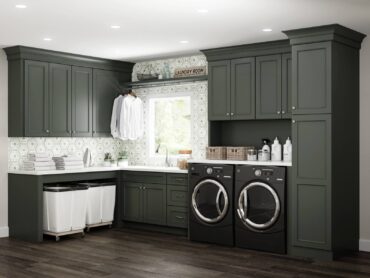
Trends in laundry room/mudroom design illustrate that homeowners are seeking a seamless transition from the back entry of the home that is functional, aesthetically pleasing and tailored to their lifestyle. Key to these desires is to use every inch of space and incorporating high-durability, low-maintenance materials.
As with any remodel, the proof is in the planning. The following is a guide to assist you with planning a laundry and mudroom remodel that can streamline your household tasks while providing a nice springboard for your entry and exit from your home.
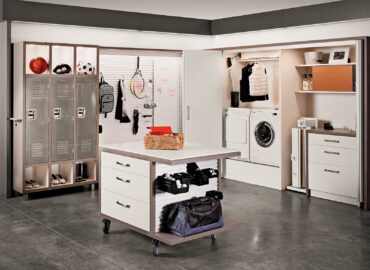
Purpose
First decide what functions you would like your laundry/mudroom to perform. For example:
- Laundering clothes (machine washing, hand washing, machine drying, air drying, etc.)
- Storing laundry supplies, cleaning supplies, dry goods, pet food, etc.
- Grooming and feeding pets
- Wrapping gifts
- Crafting
- Gardening (starting seedlings, arranging flowers or washing veggies from the garden)
- Creating a butler’s pantry or “dirty” kitchen (a place for dishes, food and beverage storage, as well as staging area for entertaining, complete with kitchen appliances)
- Doing household paperwork (bill paying, scheduling, completing school papers, etc.)
- Staging a landing area for shoes, coats, purses, backpacks and charging personal electronics
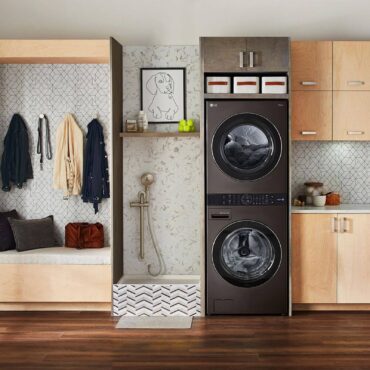
Location
Once you’ve established the primary criteria for the laundry room, it’s time to determine where the laundry/mudroom will be located. It’s a given that certain considerations will dictate that the room be situated on the entry floor, but exactly where may be up for negotiation.
Regardless, the running of plumbing, electrical and ducting will have a significant impact on where you locate your remodeled laundry/mudroom . Consider these two questions:
1. Can you duct an “overflow” pan for the clothes washer to the exterior of the house, which in some jurisdictions is required by code?
Although it’s not pretty, it’s advisable for a clothes washer to sit inside a “pan” with a drain hole that can be connected to PVC piping and piped to the exterior of the home to prevent moisture in the event the clothes washer malfunctions and starts spewing water. A malfunctioning clothes washer can do a serious amount of damage to sheetrock, cabinetry and flooring in a short period of time, especially when installed on a second floor.
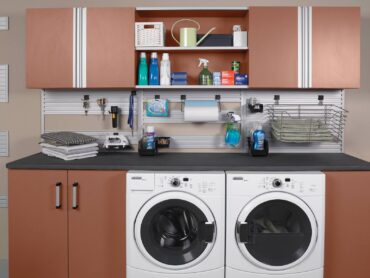
If piping to the exterior is not feasible, then using a moisture sensor with an alarm is the next best thing; just realize that if you’re not home to hear the alarm, you will not be protected from water damage by this device. (Note: Some washers have built-in sensors and will shut themselves off if moisture is detected on the outside of the machine.)
2. Can you duct the dryer to the exterior of the home?
One way to alleviate this issue is to incorporate a condensing or heat pump clothes dryer, which does not require any ducting. Condensing dryers don’t “cook” your clothes, so when the clothes are removed from the dryer, they are not hot and staticky — which is what most homeowners are accustomed to. So it will be important to understand the attributes and potential drawbacks to the condensing dryer models.
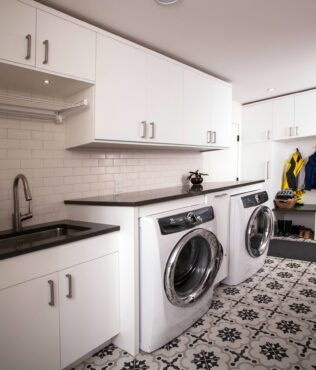
Space
Once you have established what you want to include in the laundry/mudroom and where you want the room located, it’s time to determine what will logically fit in the space. For example, if you have selected clothes laundering and gardening, along with landing area for shoes, coats, etc., you may want to consider stacked front-loading laundry machines. This will maximize the available counter space for a utility sink and landing for vegetables from the garden, flowers and seedling starts, while minimizing floor coverage, potentially providing room for a small bench to sit on for putting on and taking off shoes.
You may also want hooks above the bench for coats and backpacks. If you want to control clutter within your home, consider including a desk or information station in your laundry and mudroom whereby school papers, mail and the like land there rather than on the kitchen counter.
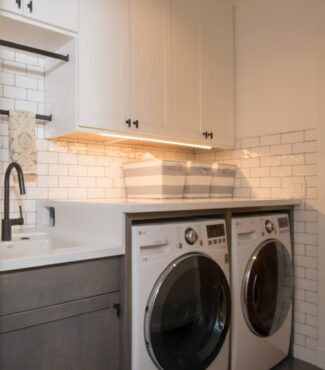
Tips for Choosing Appliances and Materials
Clothes washer: Washers are either top- or front-loading. The advantage of a top loader is for people who craft because you can set the machine to a soak cycle to facilitate yarn and fabric dying, which is not easily done with a front loader. Another attribute is that you can keep the lids closed on the top loader, which is not advisable with a front loader. This style of machine is not a good choice for people with back or shoulder issues or who are petite in stature.
Front loaders tend to be more water- and energy-efficient, can be placed on a pedestal for more ergonomic loading, can be stacked to save valuable floor space, have a countertop constructed over them (if not stacked) for folding clothes, etc. and have fewer limitations with respect to how high wall cabinets are installed above the front loader (top loaders need room for the hatch to rest in its fully open position).
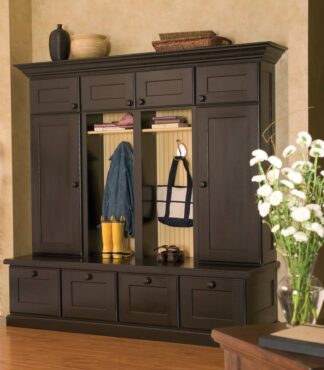
As to individual features, there are numerous cycles and features to choose from. It all boils down to what best suits your lifestyle. One important feature you will want to incorporate with your clothes washer is access to the water shut-off that does not require moving the machine out of its installed location.
Clothes dryer: Dryers are always front-loading but not always stackable. The most significant innovation in clothes dryers is the condensing dryers mentioned above. When dryers don’t need to be vented, there is significantly greater flexibility as to where they can be located.
Ventilation: Many laundry rooms lack ventilation fans. This can result in consistently high humidity in the laundry room, which can lead to mold, mildew and damage to cabinetry and wall finishes. For best results, choose an exhaust fan with a built-in humidistat whereby the fan turns itself on and off based on the detected level of humidity and does not require human attention.
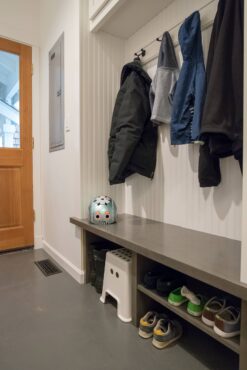
Lighting: Overhead and undercabinet light is beneficial for laundry rooms. Insufficient lighting can make a room feel dingy and uninviting, not to mention create eyestrain.
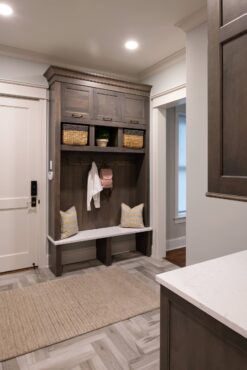
Cabinetry: Thoughtfully laying out the laundry room cabinetry will ensure that you have maximized the storage space. Convenience hardware such as roll-outs, pull-outs and built-in ironing boards provide ergonomic access to items stored in deep cabinets. Stained wood cabinets and thermofoil cabinets will have better durability than painted ones in a moist laundry room environment.
Accessories: Drying racks (preferably over a utility sink), wall hooks (for keys, pet leashes, coats, purses, backpacks etc.) and charging stations are great, low-cost, space-saving additions for laundry/mudrooms. Gardeners, hikers and skiers alike will appreciate boot warmers that plug in for drying wet boots and providing cozy warmth on winter mornings.
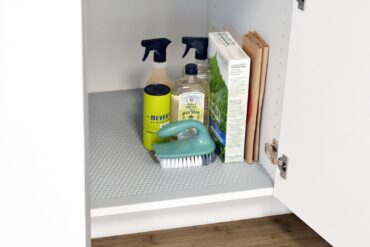
Countertops: For economy, laminate and solid-surface countertops are great choices for laundry rooms. Engineered and quarried stone are also worthy options when the budget is sufficient.
Plumbing fixtures: From washing small pets (and rinsing off small children) to hand-washing laundry and homegrown veggies or simply rinsing out a paint brush from a home improvement project, deep utility sinks with pull-down faucets are a great feature for any laundry and mudroom. Footbaths, full-stall showers and pet-washing stations can help corral messy people and pet activities.
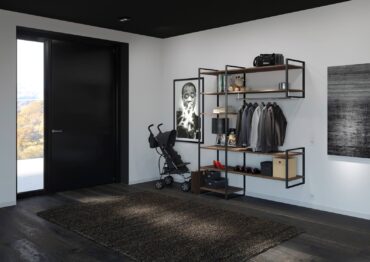
Flooring: Think durability, low maintenance and slip resistance. Linoleum and tile are your best options.
Windows, doors and skylights: Bringing natural light with windows, glass-paneled doors or skylights can demonstrably improve a laundry/mudroom’s environment. Careful planning is important to ensure that the doors don’t conflict with laundry machines or cabinetry and that windows don’t capture valuable wall space for cabinetry.
Many homeowners don’t relish the opportunity to do laundry, wash their pets or retrieve cleaning supplies. And can you ever remember the last time a member of your household said, “Meet me in the laundry room?” But all joking aside, given the frequency of use, doesn’t it make sense to try and make your laundry/mudroom as pleasant and well organized as possible? By doing so, you may be able to complete household chores more quickly and efficiently, leaving you more time to do the things you really want to do.




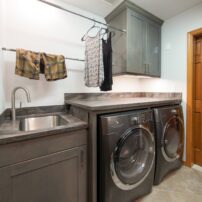
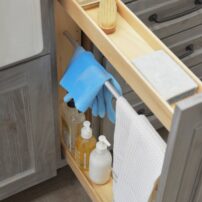
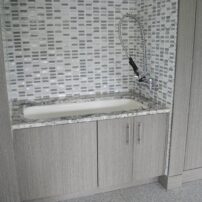
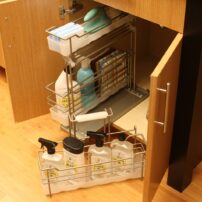
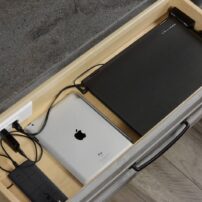
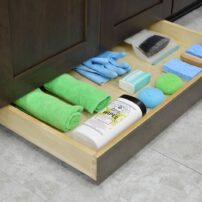
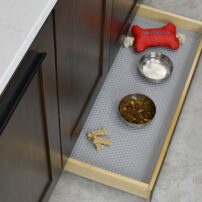
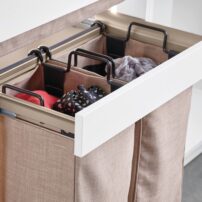
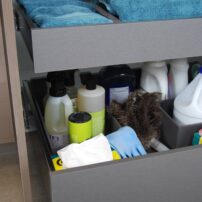

























Comments